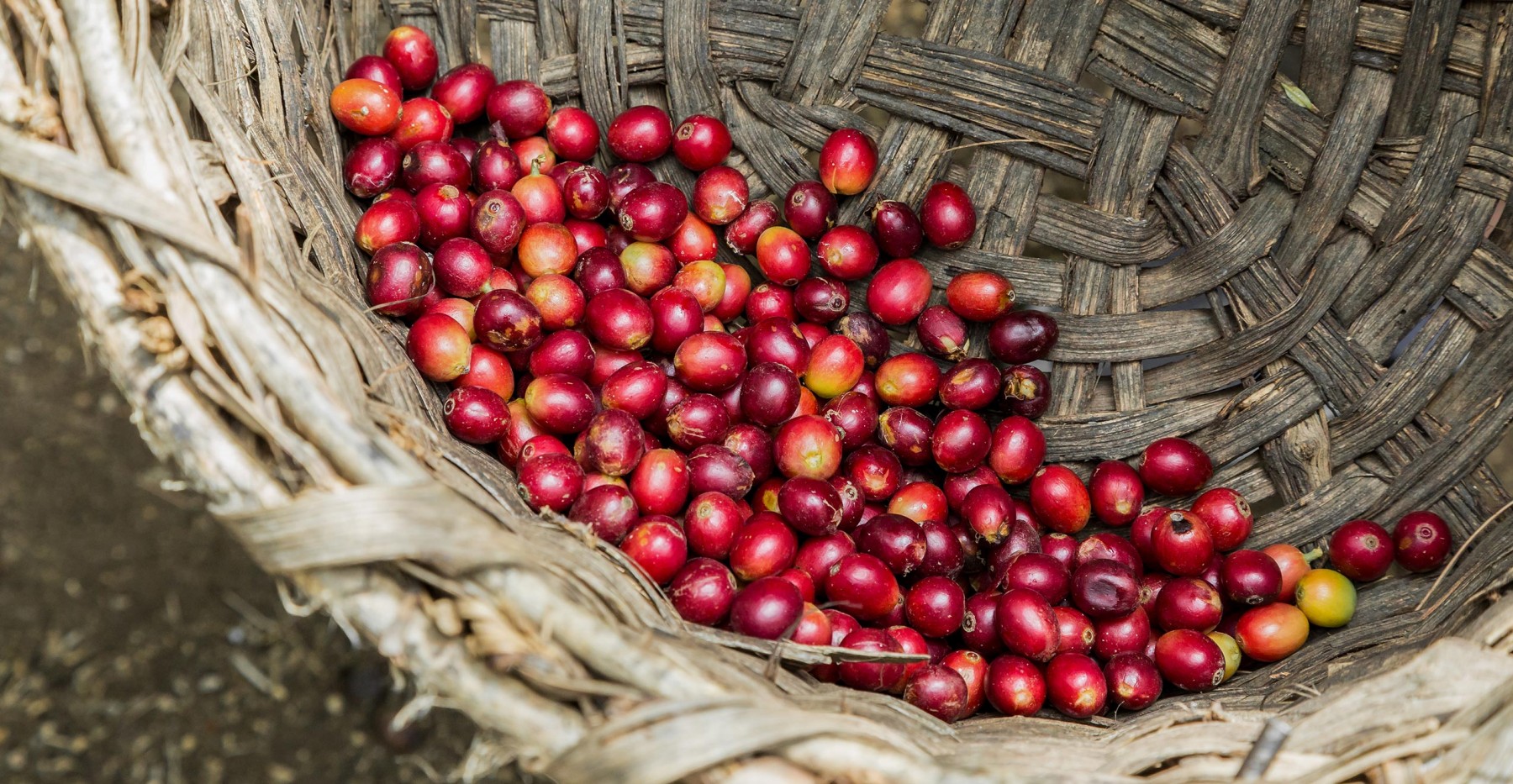DISCOVER THE HISTORY OF THE MOST FAMOUS BEVERAGE IN THE WORLD
The first evidences
There are a lot of legends and myths about the discovery of the coffee berry.
The first reliable evidences come from Ethiopia. The plant was successively taken to Arabia and grown in territories today called Yemen.
A Yemeni legend says that one of the Chehodef monastery monks, having heard from a shepherd called Kaldi that his goats and camels used to be awake also at night after eating some particular berries, prepared a beverage out of those same berries in order to stay up late and be able to pray longer.
The arrival in Europe
Coffee got to Europe through the Venetian trade . At first the Catholics were very much against it and called it “the devil’s beverge”, but they were soon contradicted by the Pope who, on the contrary, appreciated coffee very much and approved of its consumption.
Places where coffee was served started to spread all over Europe, and soon they became the meeting points of men of culture. In the 18th century the French planted their first berries in Martinica and after that the coffee crops reached Central and Southern America.
Coffee spread so widely that it became the official beverage in the United States, in response to the heavy taxes imposed by the English on tea.
The espresso history began in 1882 in France and it spread quickly to Italy, where it developed more intensively.
Coffee today
Today coffee represents a huge industry which hires more than 20 million people in the world and its investments are second to the petroleum industry only.
With its over 400 billion cups consumed every year, coffee represents the most famous beverage in the world. Only in Brazil the people working in the coffee fields are over 5 millions, and they take care of over 3 billions plants.
Taking a steaming cup of coffee to one’s lips has become one of the most common actions among people from almost the whole planet.

COFFEE BOTANICAL FEATURES
THE PLANT
Coffee is the shrub and tree’s berry growing in the subtropical area.
It belongs to the rubiaceae family, that includes about 500 genera and 600 species. The gardenia and the plant from which quinine is extracted, belong to the same family as coffee.
Since the First Linneo Classification, botanists have not been finding an agreement on the cataloguing because of the great fruit and plant variability.
There are at least 25 species coming from the Tropical Africa and some Indian Ocean islands.
All the species are woody, varying from shrubs to over 30 meters trees.
The leaves are yellow, intense green with some notes of red.
Initially the plant produces white and delicate flowers with an intense smell like jasmin, blooming only for a few days. After which, a green berry hatches, and it turns yellow, red and finally, in the space of 6-9 months, almost black.
THE CULTIVATION
The ideal cultivation temperature varies from 15° to 24° C for the Arabica berries, from 24° to 30° C for stronger ones, that may endure warmer and drier weather conditions, but they don’t stand temperatures below 15°C, instead of the Arabicas.
All the varietes don’t stand frosts, that may occur in the equatorial plantations at an altitude of over 200 metres.
Generally, coffee needs a copious irrigation: the precipations’ periodicity and strength condition its growth, pollination and blooming.
The plant’s water need is related to the chemical and physical soil’s features.
The two most popular species are Coffea Arabica (arabic coffee), occupying the 70-80% of the production, and Coffea Robusta (robusta coffee).
Two smaller species, Coffea Liberica (liberica coffee) and Coffea Dewevrei (excelso coffee) are commercialized in tiny amounts.
ETIMOLOGY
The etimology of the name coffee is related to the African Caffa upland, rich in cultivations.
Maybe the coffee plant, already worldwide known, gave name to the Abyssinian upland.
Perhaps its origin is turkish from the word Kahve, derived from the Arabian Qahva, that means wine or stimulant beverage.
Nowadays Etiopia is considered the Coffea Arabica and coffee consumption’s birthplace, but at first it developed in Arabia, in particular in Yemen.





